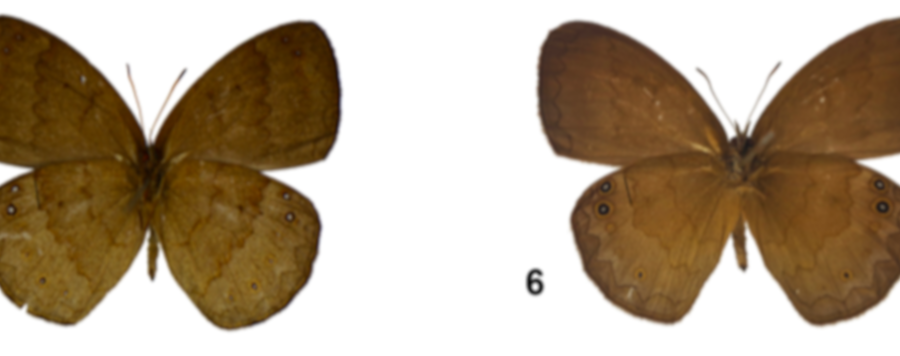
New euptychiine butterfly species from south Brazil
A new species of Taydebis Freitas, 2003 from south Brazil is described using comparative morphology and species distributions. Also, based on morphology, we transfer Neonympha melobosis Capronnier, 1874 (formerly placed in Paryphthimoides Forster, 1964) to Taydebis, and recognize Euptychia peculiaris Butler, 1874 as its junior synonym (syn. nov.). Furthermore, the monotypic Prenda Freitas & Mielke, 2011 is herein treated as junior synonym of Taydebis based on morphology, molecular and ecological evidence. Species of Taydebis are endemic and restricted to south Brazil, and now comprises three species: Taydebis guria Zacca, Casagrande & Mielke sp. nov., T. melobosis comb. nov. and T. clarissa Freitas & Mielke comb. nov. To continue clarifying Euptychiina taxonomy, Euptychia undulata Butler, 1867 (also formerly placed in Paryphthimoides) is transferred to Hermeuptychia Forster, 1964, and we provide additional information on its taxonomy, morphology, and distribution. Diagnoses, illustrations, and distributional maps are provided for all taxa except T. clarissa comb. nov.





